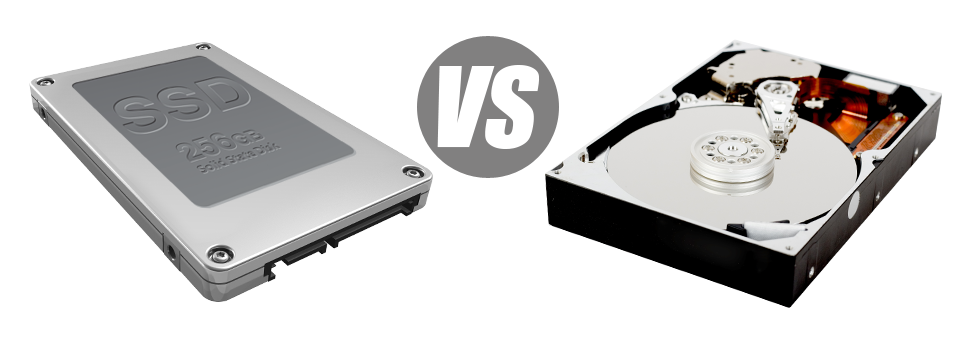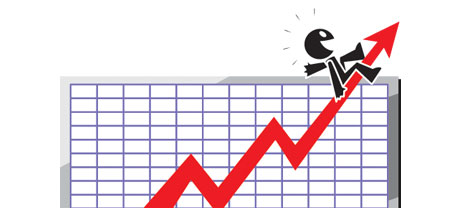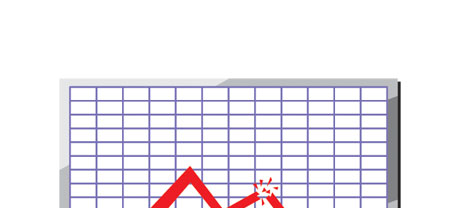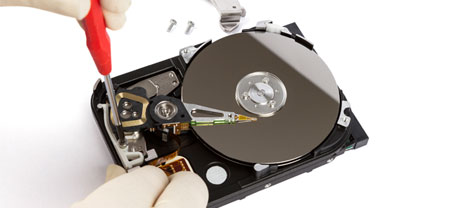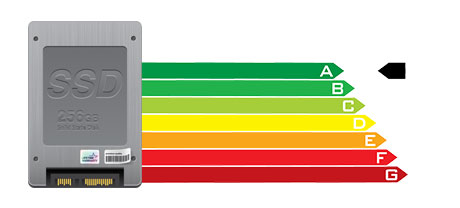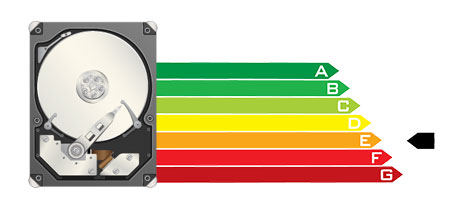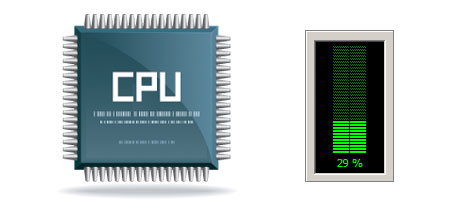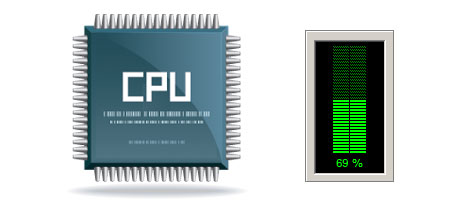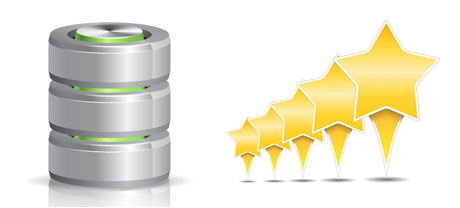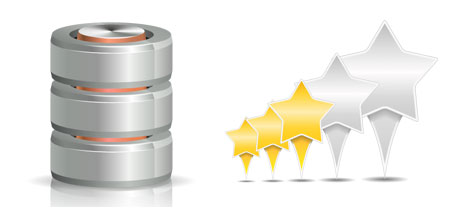For decades there seemed to be just one dependable way to keep information on your personal computer – by using a hard disk drive (HDD). Nevertheless, this type of technology is currently displaying it’s age – hard disk drives are loud and slow; they are power–hungry and have a tendency to produce a great deal of warmth throughout serious procedures.
SSD drives, on the other hand, are fast, use up much less power and tend to be much cooler. They furnish a new method to file accessibility and storage and are years ahead of HDDs when considering file read/write speed, I/O efficiency and energy efficacy. Figure out how HDDs fare against the newer SSD drives.
1. Access Time
Due to a revolutionary new solution to disk drive performance, SSD drives make it possible for noticeably faster data access speeds. Having an SSD, file accessibility times tend to be lower (only 0.1 millisecond).
HDD drives make use of spinning disks for files storage reasons. When a file is being accessed, you will have to wait for the appropriate disk to reach the appropriate position for the laser beam to access the file in question. This results in a typical access speed of 5 to 8 milliseconds.
2. Random I/O Performance
Caused by the completely new radical data file storage strategy incorporated by SSDs, they provide better file access rates and quicker random I/O performance.
For the duration of VircitHost’s tests, all SSDs showed their ability to deal with at the very least 6000 IO’s per second.
Hard drives offer reduced data file access speeds because of the older file storage and access concept they’re employing. Additionally they illustrate noticeably reduced random I/O performance as compared with SSD drives.
Throughout VircitHost’s trials, HDD drives handled around 400 IO operations per second.
3. Reliability
The lack of moving elements and spinning disks inside SSD drives, and also the latest developments in electronic interface technology have ended in a significantly reliable data file storage device, having a common failure rate of 0.5%.
As we have previously documented, HDD drives rely upon spinning hard disks. And something that makes use of a lot of moving elements for extented periods of time is more prone to failing.
HDD drives’ regular rate of failure varies somewhere between 2% and 5%.
4. Energy Conservation
SSD drives work practically silently; they don’t produce excessive heat; they don’t mandate added air conditioning options as well as consume much less power.
Trials have shown that the normal electrical power consumption of an SSD drive is amongst 2 and 5 watts.
HDD drives can be notorious for getting loud; they can be at risk from getting hot and if there are several hard drives in a single web server, you’ll want one more cooling system only for them.
As a whole, HDDs take in in between 6 and 15 watts.
5. CPU Power
SSD drives provide for quicker data file accessibility rates, which will, in turn, permit the CPU to complete data queries considerably faster and then to go back to other responsibilities.
The normal I/O hold out for SSD drives is just 1%.
Compared to SSDs, HDDs enable slower file access rates. The CPU must wait for the HDD to send back the demanded data file, scheduling its resources while waiting.
The standard I/O wait for HDD drives is approximately 7%.
6.Input/Output Request Times
In the real world, SSDs perform as wonderfully as they did throughout VircitHost’s trials. We produced a full system back–up on one of our production web servers. All through the backup process, the standard service time for I/O queries was basically below 20 ms.
During the very same tests with the same hosting server, this time around suited out utilizing HDDs, effectiveness was noticeably slower. Throughout the hosting server back–up process, the average service time for I/O requests ranged between 400 and 500 ms.
7. Backup Rates
You’ll be able to experience the real–world added benefits of having SSD drives each and every day. For example, on a web server furnished with SSD drives, a complete data backup is going to take merely 6 hours.
In the past, we’ve employed predominantly HDD drives on our web servers and we’re well aware of their general performance. With a server loaded with HDD drives, an entire server back–up normally takes around 20 to 24 hours.
The Linux VPS as well as our normal hosting packages accounts feature SSD drives by default. Be a part of our family here, at VircitHost, and find out the way we could help you transform your site.
Hepsia
- Live Demo
Service guarantees
- All of our Virtual Private Servers provide no installation charges and function in a stable network delivering 99.9% of uptime. Full root and SSH access warranted.
Compare our prices
- Examine the resources and capabilities coming with VircitHost’s Virtual Private Servers. You can start with a smaller VPS package and upgrade with simply a click as your needs grow.
- Compare our hosting plans
Contact Us
- Get in touch with us 24/7/365 by email or by making use of the extra–fast ticketing platform. Our technicians are prepared to answer any of your questions within 60 mins.
